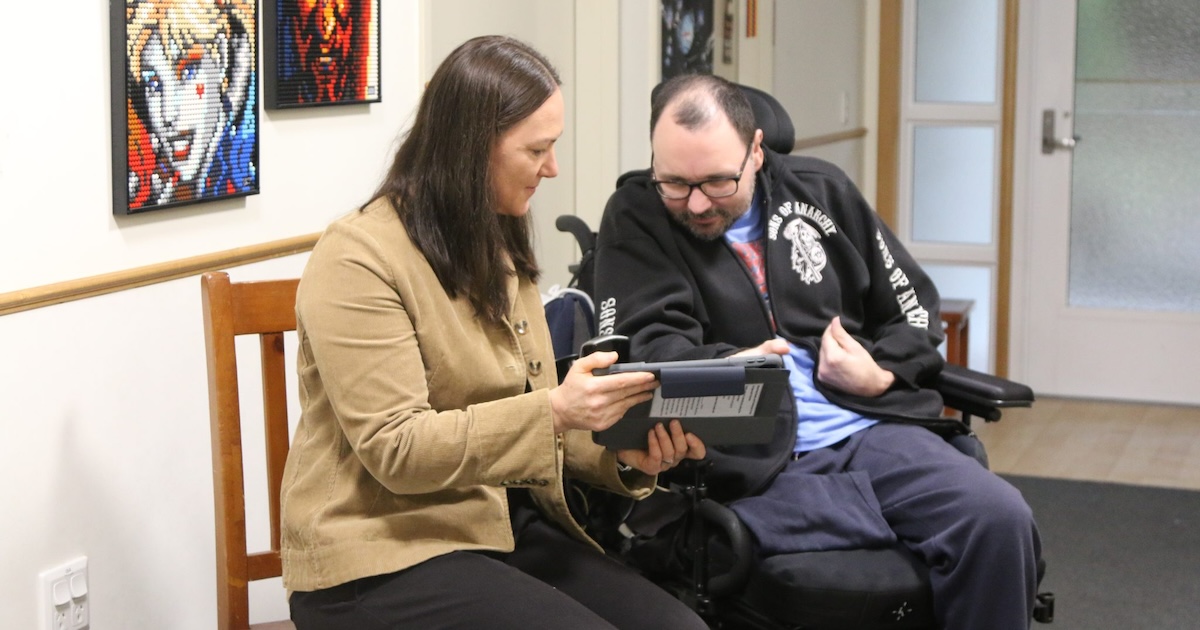Researchers from Australia’s national science agency, CSIRO, have developed new implantable devices equipped with machine learning to help prevent seizures and monitor patients after brain surgery. They will use a $1 million Australian Government grant awarded to Australian company Anatomics to develop a ‘smart helmet’ to monitor brain swelling in stroke and traumatic brain injury patients.
WHY IT MATTERS
“Traumatic brain injuries affect over 69 million people worldwide, including 700,000 Australians, with one in three likely to develop chronic epilepsy due to the high frequency of seizures,” said Dr Umut Guvenc, researcher at CSIRO’s data and digital specialist arm, Data61.
HOW IT WORKS
Current monitoring techniques only able to be used in a hospital using bulky devices for less than 24 hours, providing a brief snapshot of brain activity during that time only. The new method can continuously monitor brain activity wirelessly, allowing the patient to be mobile, comfortable and more socially active.
The machine learning in the devices was trained using data from Monash University, and can detect even the smallest seizures before transferring the data securely from the helmet to the healthcare practitioner.
During normal brain activity, the implants stay in standby mode to conserve energy while monitoring brain activity for seizures, and are reactivated when a seizure is detected, sampling the signal at higher resolution.
The project aims to use the insights from the helmets to develop a ‘brain machine interface’, enabling clinicians to monitor brain function in real-time.
THE LARGER TREND
Last August, Macquarie University partnered with GE Healthcare and Fujitsu Australia to research the ways AI can help diagnose and monitor brain aneurysms on scans faster and more efficiently.
Fujitsu will apply AI methods to images of the brain generated by GE’s Revolution CT scanner, and use a specifically-trained algorithm to look for abnormalities and aneurysms, with the aim of creating an AI assistant to automatically flag potential aneurysms and allow for accurate follow-ups.
ON THE RECORD
“The combination of brain swelling, surgery timing and patient outcome data will enable further study on the ideal time to perform a reconstructive cranioplasty to achieve the best patient outcome – research that will ultimately influence future medical decisions,” said Peter Marendy, Senior Research Engineer at Data61.
“Information provided by the implants can be used to inform clinicians about the patient’s brain activity and inform decisions regarding the administering of drugs,” Mr Marendy added.
